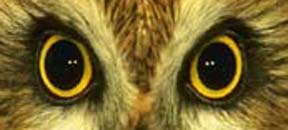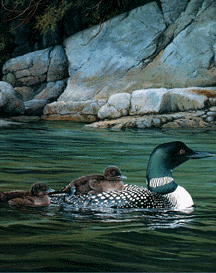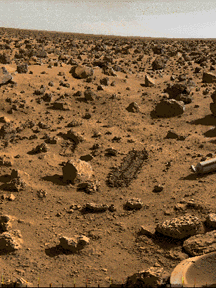Exploratour - Life on Earth
This tour is a detailed look at life on Earth, and what we know about how it came to be. To proceed with the tour, just click on the forward indicator in the "football" at the top right portion of this page.
If you had to explain to someone what "life" is, what would you tell them? Do all living things move? Do they eat and breathe? Even though we all seem to know what is meant by saying something is "alive", it's not very easy to describe what "life" is.
The study of life is called "biology" and the people who study it are "biologists". They even have a tough time describing what life is! But after many years of studying living things, from the mold on your old tuna sandwich to monkeys in the rainforest, biologists have determined that all living things, do share some things in common:
1) Living things need energy
2) Living things grow and develop
3) Living things respond to their surroundings
4) Living things reproduce
We will discuss some of these things in the pages that follow.
This is page 1 of 20










